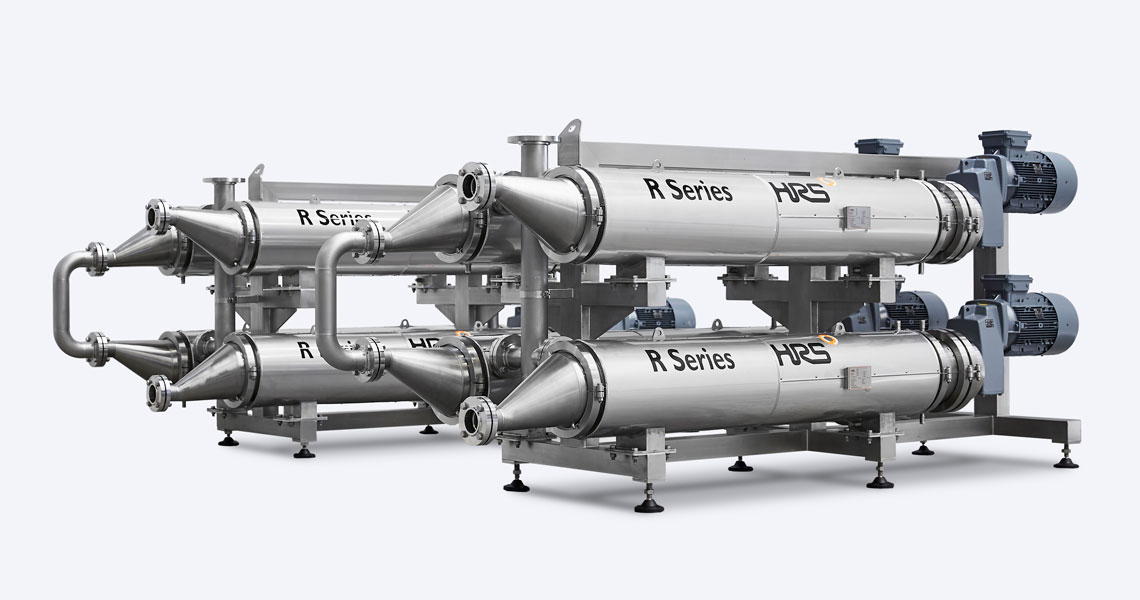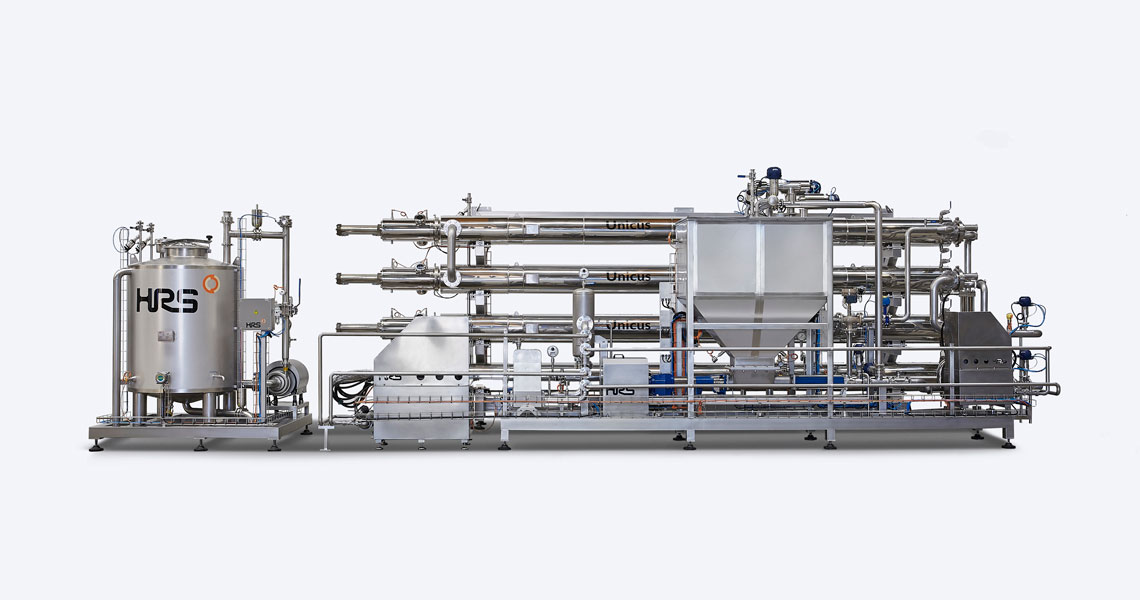Scraped surface heat exchangers for applications where either one or both of the following problems require special solutions: fouling causes heat transfer rates to drop and/or viscous fluids having very low heat transfer rates. Scraped Surface Heat Exchangers have a number of applications in the environmental waste, bio-fuel, cosmetic, dairy, and food & beverage industries.
For difficult heat transfer applications, with high viscosities and where fouling can become a problem, the preferred option is a scraped surface heat exchanger. Scraped surface heat exchangers keep heat transfer high and the heat transfer surface is constantly cleaned.
Advantages of Scraped Surface Heat Exchangers
Heat Exchanger Fouling
Fouling is a major problem in heat transfer technology. Fouling occurs when fluids degrade near the tube wall and layers of solids deposit or stick to the tube wall. These layers work as an insulator for heat transfer, causing performance to drop. Another form of fouling is crystallisation where, due to cooling or increasing concentration, components in the fluid change to the solid state and deposit on the heat exchanger surface.
To maintain heat transfer high these fouling layers need removal and that is where scraping of the heat transfer surface is required for optimal performance and increase ‘up time’.
Viscous Fluids
In general, the more viscous the fluid, the lower the heat transfer is. This means that very viscous fluids require a very large heat transfer area. Scraped surface heat exchangers vigorously mix the fluid, which helps to move the fluid to and from the heat exchange surface. This increases heat transfer rates, so the total area required for heat exchange is reduced.
HRS Solutions
Our partner company, HRS Heat Exchangers offers two technologies for scraped surface heat transfer: the patented HRS Unicus Series which reciprocates and R Series which rotates, each designed for specific needs.


